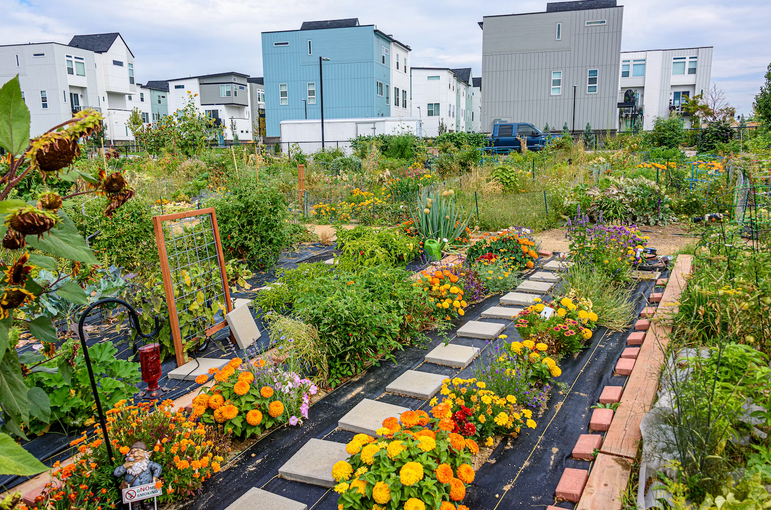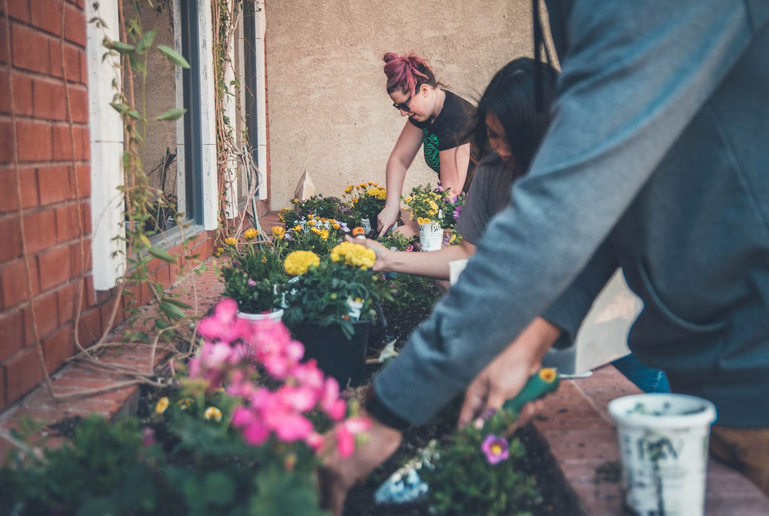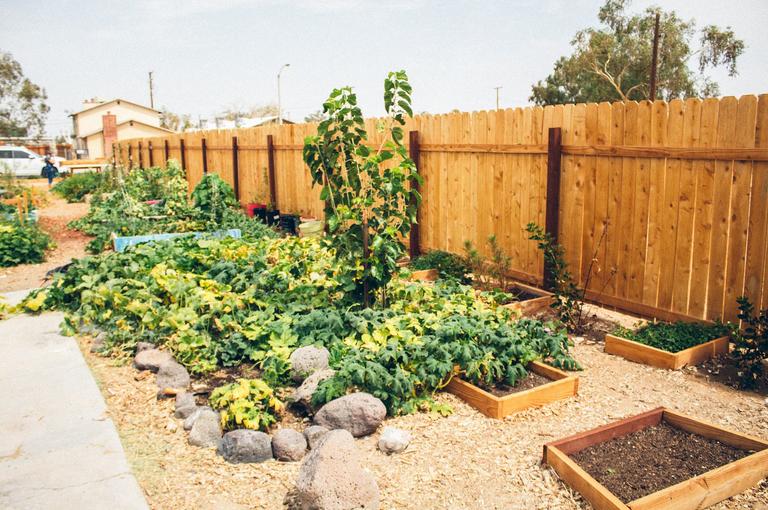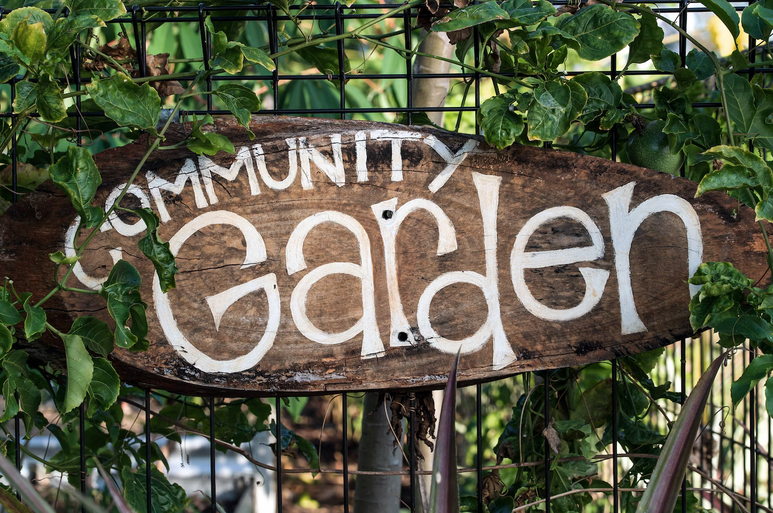Have you ever wondered about living in a completely chaotic and polluted environment? It’s hard to imagine. Unfortunately, this is the reality for many people living in cities and urban areas around the world. However, there has been a growing movement towards creating more sustainable neighborhoods and communities through various green initiatives in real estate.
Luckily, green real estate as the best sustainable investments for any real estate investor are here to make a change. As you can see in Gelbe-Seiten, these initiatives not only benefit the planet but also have a huge positive impact on the community and the real estate market as a whole. Today, let’s take a closer look at one of these initiatives – community gardens – and how they are contributing to the development of sustainable neighborhoods.
Community Gardens as Green Spaces

Community gardens are like hidden oases amidst the concrete jungles of our cities. These green spaces offer a breath of pure, fresh air and a connection to nature for urban dwellers. They provide an opportunity for individuals and communities to come together, get their hands dirty, and grow their own food.
The most remarkable aspect of community gardens is their ability to transform unused or underutilized land into vibrant patches of greenery. Vacant lots, rooftops, and even abandoned buildings can be repurposed as fertile ground where fruits, vegetables, herbs, and flowers thrive.
Sustainable Landscapes
Creating sustainable landscapes is a crucial aspect of building green communities and promoting environmental responsibility. By incorporating eco-friendly design principles, real estate developers can contribute to the overall sustainability of neighborhoods.
When it comes to designing sustainable landscapes, one important consideration is water management. Implementing features like rain gardens, bioswales, and permeable pavements helps to capture and filter stormwater runoff, reducing pollution in our waterways. To maximize energy efficiency, landscape design should consider factors such as shade from trees that help reduce cooling needs during hot summer months or windbreaks that protect buildings from cold winter winds.
Benefits of Urban Agriculture

This is a growing trend in cities around the world. Also known as urban farming, this practice involves cultivating and producing food within city limits, utilizing available spaces such as rooftops, empty lots, and community gardens.
Additionally, urban agriculture promotes environmental sustainability by reducing the need and cost for transportation and packaging associated with conventional farming practices. With locally grown food options readily available, carbon emissions from long-distance transportation are minimized.
From an economic standpoint, integrating green initiatives into real estate projects makes financial sense, too. Energy-efficient buildings reduce utility costs while increasing property values. Green spaces attract potential buyers or renters who prioritize sustainable living options.
Community Engagement for Green Real Estate

In order to foster green initiatives in real estate, developers must actively involve the local community in the decision-making process. One way to engage the community is by hosting public forums and workshops where residents can voice their opinions and ideas. By listening to the concerns and suggestions of those whom new developments will directly impact, developers can ensure that their real estate projects align with the needs and desires of the community.
In addition, fostering a sense of ownership among residents is crucial for long-term sustainability. This can be achieved through initiatives like community gardens or shared green spaces where neighbors come together to grow their food or beautify their surroundings.

